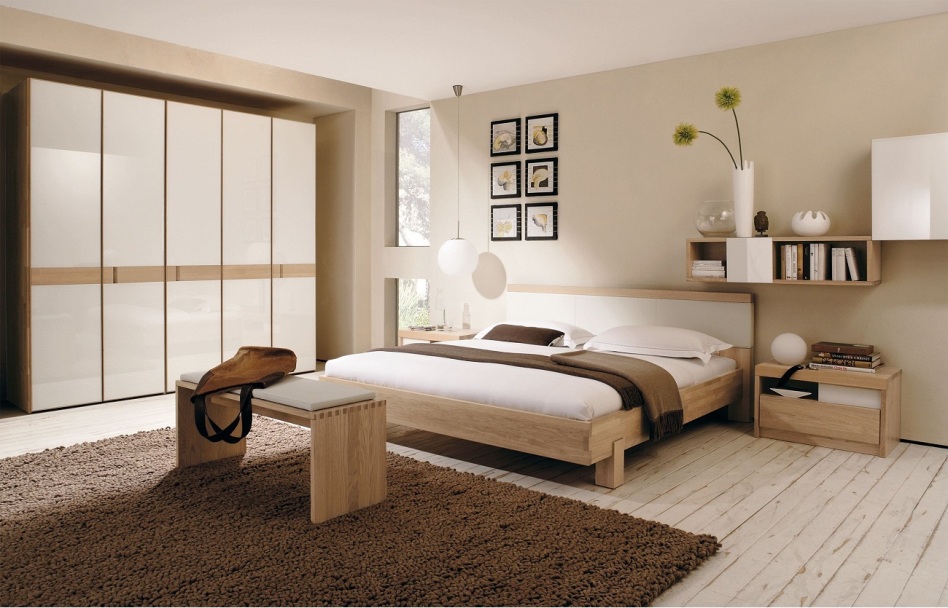“Lighten up” and generate extra desirability
 There are creative ways to increase visual appeal and give the impression of a spacious and desirable residence, regardless of the size of your listing.
There are creative ways to increase visual appeal and give the impression of a spacious and desirable residence, regardless of the size of your listing.
Whether you own and condo with common walls or a single family home short on windows, there are ways to increase the amount of light that illuminates the interior portion of a residence to create a feeling of spaciousness, even if the property is short on square footage.
The following list contains suggested ways to add light into the interior of a dark and unwelcoming interior.
Emphasize light colors
Light colors are the easiest way to make an interior space appear larger and airier. From wall paint color, to window accompaniments, to fixtures and cabinetry (if appropriate to the room), to flooring, light, neutral colors are pleasing to the eye and give the appearance of a larger space. It goes without saying that paint is by far the least expensive and requires a minimum amount of overall aggravation to alter the interior of a room and/or space needing a visual update. Though a white base coat has long been the traditional staple of a “clean slate canvas,” it might be better to paint over darker walls with a pleasing, neutral earth tone to complement existing baseboards and flooring.
Add some reflection, as it were
If there is some light already in the room and physical limitations prevent additional direct exterior-to-interior illumination, perhaps adding mirrored surfaces to walls, and even appropriate furniture, can be an inexpensive key to visually lightening up the space via reflective beams. Tasteful mirror panels on the wall – though viewed by some as anachronistic decor – are available in a multitude of styles and sizes. If the purpose to add light is a near-future sale of the property, then it is probably best to add simple panes without too many design elements. The same is true for mirrored surfaces that may be added as furniture accents, such as stylish table tops and trinket shelving.
Adorn the windows accordingly
Dark, formal curtains may be the ultimate in elegance, but they are also light absorbing and often bulky as they grace the window openings. Instead, in a smaller room where light is at a premium, install light-colored blinds or shutters that reflect the available light and help “open up” window areas. If the window requires light-obscuring coverings, such as a bedroom opening that needs to be dark to facilitate sleep, then consider blackout shades that can be pulled down and conversely stowed away as the time of day dictates. The shade can be one of two window coverings that complements a blind or shutters, which can be hung in front of the shade where they will be noticed first.
Keep it simple
As has been mentioned on numerous occasions, declutter all spaces, removing unnecessary nick knacks, decorations and unneeded furniture. Though storage is required to maintain a comfortable home – and future residents will demand it for comfort and convenience, be judicious in purchasing bulky shelving and large pieces of furniture (that do not incorporate hidden storage). In the vast majority of cases, when it comes to tasteful, appealing décor, less is truly better. The same is generally true of the style and colors you choose. Trendy, artsy pieces are great for some, but if you intend to appeal to the largest audience, it is best to decorate with neutral, muted-colored furniture adorned with a minimum of accompanying household decorations; though it should also go without saying, that too little furniture in a room will come across as visually sterile and uninviting.